
While fashion is often considered a luxury out of reach for most people, a whole group of designers is bringing fashion to the streets, finding new ways to make it accessible and relevant to all.
Style has long been one way in which queer people find each other and express the beauty of their difference to the larger world. Queer designers have helped liberate us from convention, often enforced through outdated ideas about what attire is acceptable based on gender and heteronormativity.
This pride season, the following designers caught our attention not just for their aesthetic sensibilities but their devotion to our cause.
1. Rio Uribe

Nothing was handed to Rio Uribe. The designer grew up between Koreatown in Los Angeles and Mexico, inspiring in the queer teen a keen sense of street style and an appreciation for the blending of outfits traditionally relegated to men or women.
In 2006, he worked his way up at Balenciaga to a merchandising job, in charge of material samples, which he studied in preparation for the launch of his own brand, Gypsy Sport in 2012. Today, the brand is the quintessential example of stylish unisex clothing, where men and women can move effortlessly between skirts and pants, earning him fans from Jaden Smith to Anna Wintour.
As Uribe told Fashionista:
I always wanted to wear girls’ clothes as a kid; girls always have all the cool stuff, and guys have the very basic cuts of shirts and pants. So when I was able to design clothing, I didn’t want it to be designed for boys or for girls, that would make you feel limited in what you could wear. Whatever your gender, you can wear it as long as it fits how you want it to fit. We’ve been working really hard to get our fits so men and women can both buy from XS to XL size range.
2. Tim Gunn

As the star of Project Runway, Tim Gunn’s Guide to Style, Under the Gunn, and this year’s Making The Cut, Tim Gunn has it good. But life for Gunn has not always been easy. The popular television personality grew up in a virulently antigay 1960s household, in which gay men were regularly denounced as immoral predators, and his father was a speechwriter for J. Edgar Hoover (ah, wicked the irony of it all!).
Gunn showed enormous courage in breaking away from his background, coming out, and eventually honing his interest in fashion first at Corcoran College of Art and Design, receiving a BFA in sculpture, and then on the faculty of Parsons School of Design before landing the gig at Project Runway for 16 seasons.
But it’s not just Gunn’s taste in clothing that we admire. As a teacher and critic, he’s become a mentor to an entire generation of the designers gracing his shows who will go on to remake the world in their own queer image.
As he says in Tim Gunn’s Fashion Bible: The Fascinating History of Everything in Your Closet:
I love the word ‘fashion.’ That’s why I’m using it in the title of this book. Fashion is about change and about creating clothes within a historical context. To me, dismissing fashion as silly or unimportant seems like a denial of history and frequently a show of sexism—as if something that’s traditionally a concern of women isn’t valid as a field of academic inquiry. When the Parsons fashion department was founded in 1906, it was called ‘costume design,’ because fashion was then a verb: to fashion. But the word ‘fashion’ has evolved to mean something much more profound, and those who resist it seem to me to be on the wrong side of history.
3. Telfar Clemens

Telfar Clemens’ life story begins in war. Growing up in Liberia with his mother and four siblings, he escaped to New York during the outbreak of the second Liberian Civil War (1999-2003).
Craving peace and creativity, he turned to fashion as his solace. As a student at Pace University in 2005, Clemens created a unisex line out of reconstructed vintage clothing, a decade before the appreciation of the gender continuum became a big thing on major label runways. Since his brand’s founding, the queer Queens resident has created a stylish line with classic but eccentric takes on pop design, influenced by designers from Jean Paul Gaultier to Yohji Yamamoto, that he calls “simplexity.”
In 2017, Clemens famously designed 400 uniforms for White Castle, making the fast-food chain’s workers the most fashionable in the industry. (Proceeds went to bail funds for teenagers imprisoned on Rikers Island.) That same year Clemens used a $400,000 CDFA/Vogue Fashion Fund award to produce a leather bag that is now ubiquitous throughout New York.
In early 2020, on the verge of international acclaim, Clemens announced a collaboration with Gap Inc. However, the collection, like Clemens’ brand, will have to wait for the post-pandemic to be enjoyed.







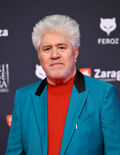

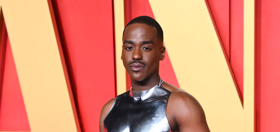


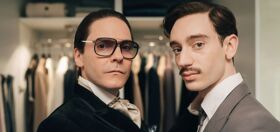



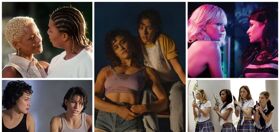


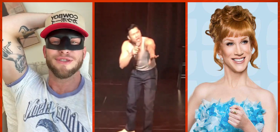



justgeo
Do we really have to own the nasty cliche that is Tim Gunn. A gay way deep in menopause?
amanwithanedge
what’s wrong with you? You have a terrible ageist attitude, and you need an adjustment.
Yooper
Well, you’re a nasty little prik with likely much less talent than TG, but we still have to own you.